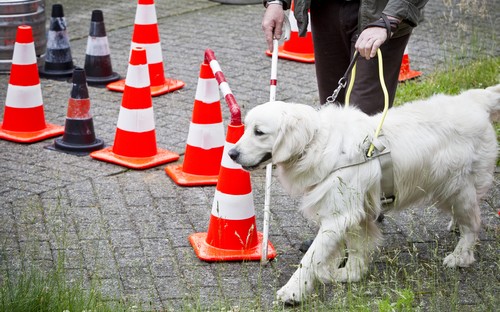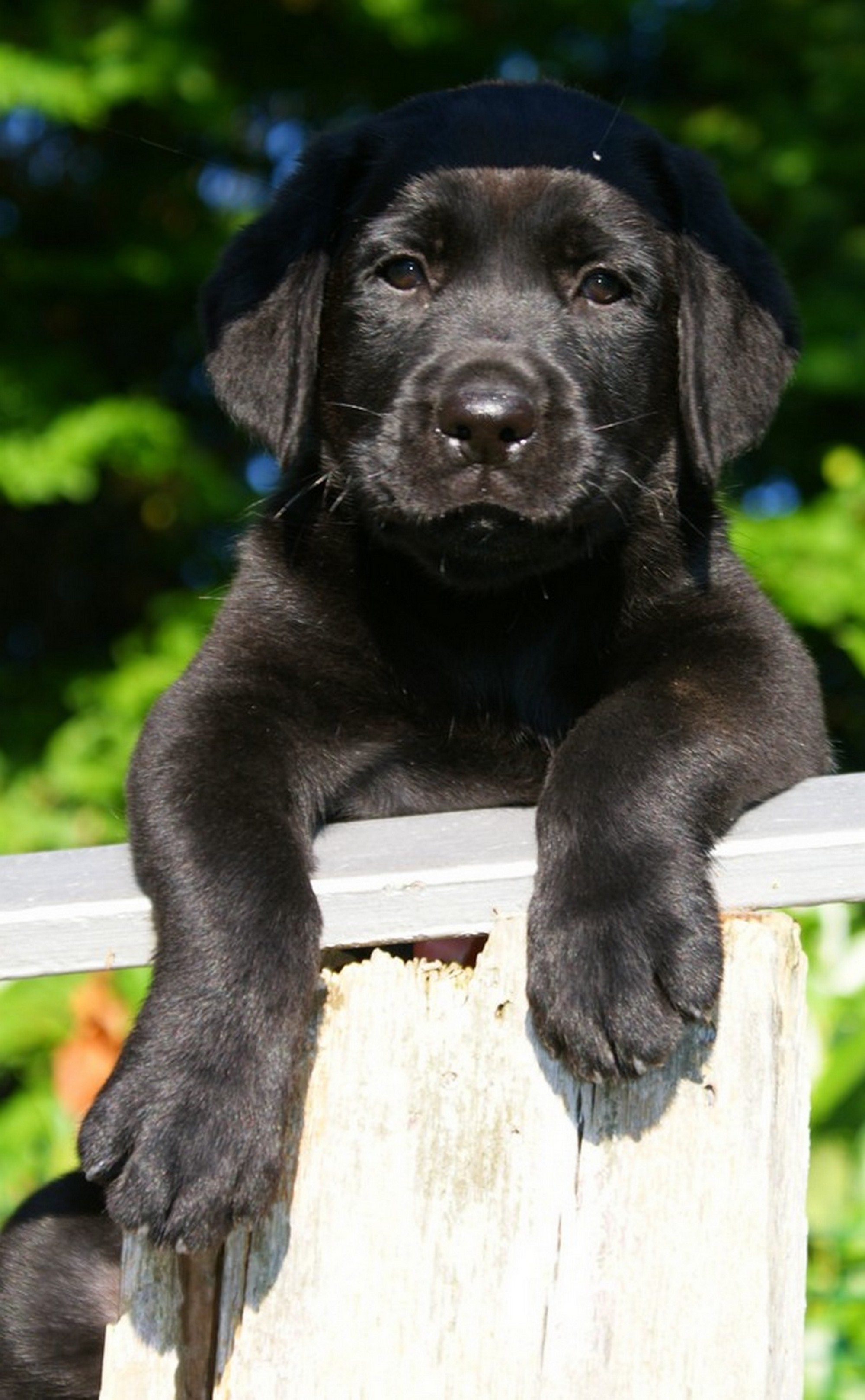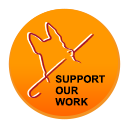
Guide dog training

The first Friends of the Blind guide dog training centre opened in 1946. The first instructors in Ghlin were two blind people trained in Switzerland.
The Friends of the Blind now has two training centres, one in Ghlin and one in Koksijde.
This emblematic activity for the organisation is recognised worldwide and is very often in the news.
The Friends of the Blind receives a growing number of applications from throughout Belgium. Annual training capacity is currently between 17 and 20 dogs, which are made available to people aged 18 or over who are either blind or whose visual acuity is less than 1/20. Candidates must also be physically and mentally able to use and care for a guide dog.
The centres are staffed by eight instructors – including blind, visually impaired and seeing people – with a good understanding of dogs, visual impairment and mobility issues.
Mission
Guide dogs promote the independence of visually impaired people and improve their chances on the job market. On a more emotional level, they can help people break out of their social isolation and more easily come into contact with others.Accordingly, the centres help visually impaired people live their own lives and give them peace of mind and a sense of security.
In practice…
 |
Specific breeds are selected for a life as a guide dog. German shepherds used to be favoured, but nowadays Labradors and golden retrievers are the norm, alongside the occasional standard poodle. Instructors will only choose those puppies that are well balanced, intelligent, sociable and in perfect health.
It takes between 6 and 8 months to train a guide dog, at a cost of around 25,000 euros. The Friends of the Blind are compensated by AWIPH, its Flemish counterpart VAPH or the Brussels equivalent COCOF whenever a guide dog is handed over to a visually impaired person. These funds are supplemented with donations from private individuals, service clubs, the corporate sector and various organisations. The first stage of training involves negotiating long obstacle courses. Once it has become accustomed to this, the instructor takes the dog into the town; first to outlying districts, before progressing to increasingly busier districts and incorporating such urban phenomena as public transport. The dog’s training is constantly adapted to changing urban environments and transport options. |
Copyright © Les Amis des Aveugles 2025 | Developed by Comase info With CodeWeb





